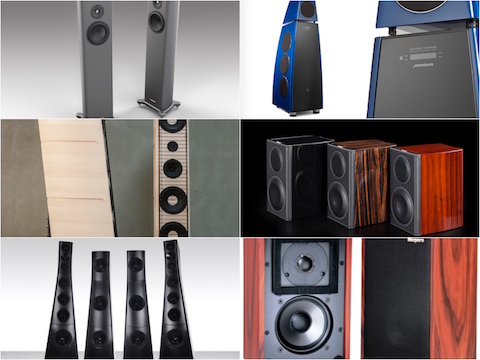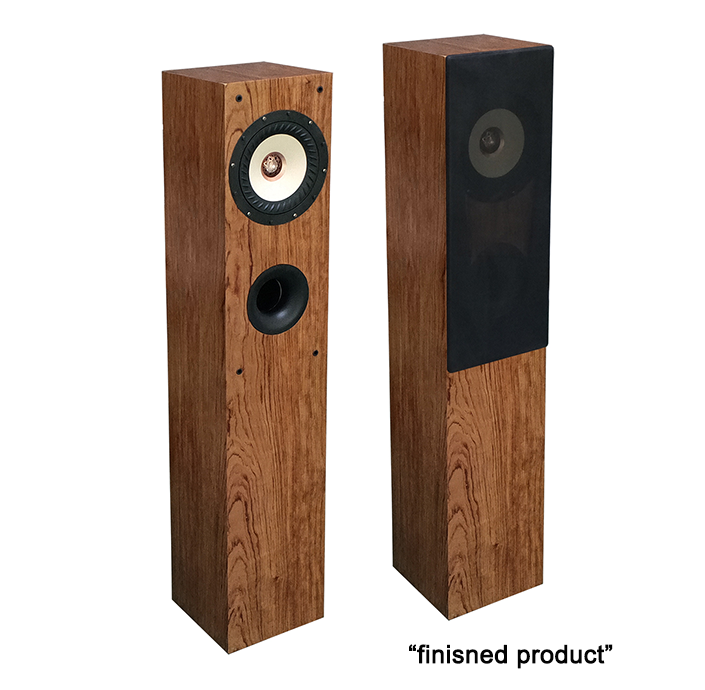
The top is left completely open, and this forms the terminus of the horn. In practice, this makes for a tall cabinet, with a single internal fold near the bottom, tuned to ½ wavelength of the design frequency. Regarding the geometry, being a positive tapered pipe, the BIB is technically a horn, since its gain back-wave begins at ½ wavelength, and has both odd and even harmonics. As Greg Monfort (GM) observes, if you want to squeeze the last drop of performance out of a given bulk, or hit a target alignment, they’re vital, but when box size is no longer significantly restricted, they become much less important: it is almost impossible to have too large an enclosure, while the converse is seldom true. But don’t believe me just read some of Ted Jordan’s or Paul Taylor’s white papers, to name but two examples, and prepare to have your eyes pop out. However, don’t be fooled into thinking that there was no solid scientific theory or engineering going on before Saint’s Thiel and Small came along to save us from the error of our ways – there was. Well for a start, what we are considering here is a real blast from the pre Thiel/Small days, an enclosure type which dates from a time when bigger was better, and the box volume was deliberately intended to swamp the driver’s Vas. I imagine that many readers won’t be too familiar with speakers of this nature, so this brief introduction will explain a little bit of the background to the enclosure. These pages are dedicated to an unusual loudspeaker enclosure design that has somewhat wryly become known as the Bigger Is Better cabinet. Scott initiated the BIB discussion back in 2005. Please read Scott Lindgren’s Introduction to BIB loudspeaker design below. Your efforts allow music lovers and speaker builders to enjoy excellent sound for modest cost across the globe. Many thanks to all who contributed the the BIB. He challenged us to revisit and listen to what was considered an old design.

He shared his sketches and built a prototype. I’d also like to mention that the late Terry Cain (pictured below) brought the BIB design back to life.
#SPEAKER ENCLOSURE DESIGN DRIVER#
BIB spreadsheets were developed and refined allowing builders to select any driver and calculate optimal cabinet dimensions.

I was proud to be a member of a community so willing to make time and provide input. The ‘group think’ was impressive on the diyaudio forum. Years have passed and the BIB has been venerated as one of the easiest and best performing back horn designs. Many at decided to discuss the topic at what may be the ultimate BIB loudspeaker discussion. There was a mystique surrounding their design. For me, the BIB was an effort to understand back horn loudspeakers.


 0 kommentar(er)
0 kommentar(er)
